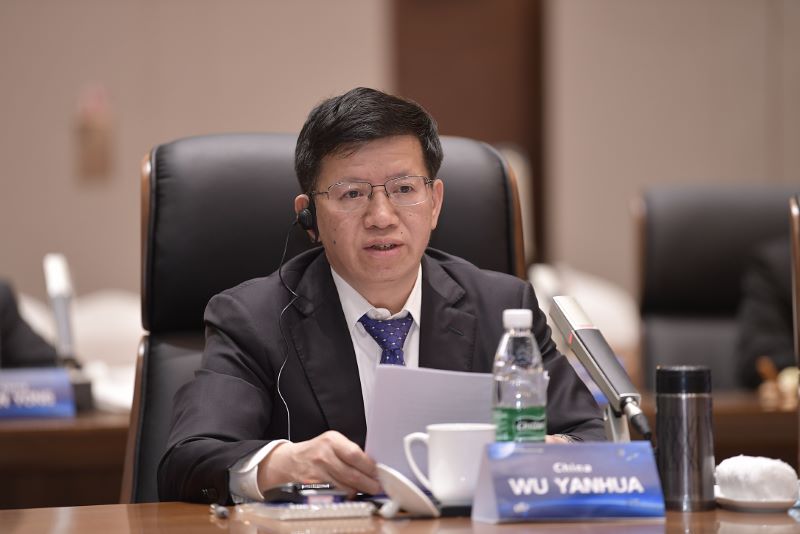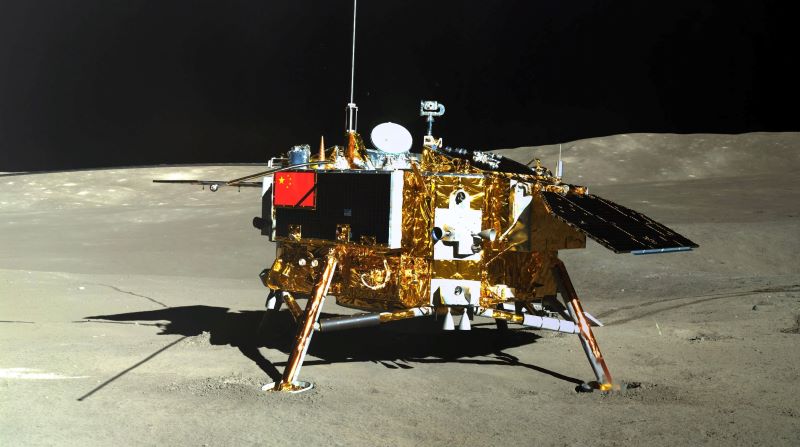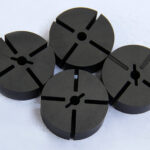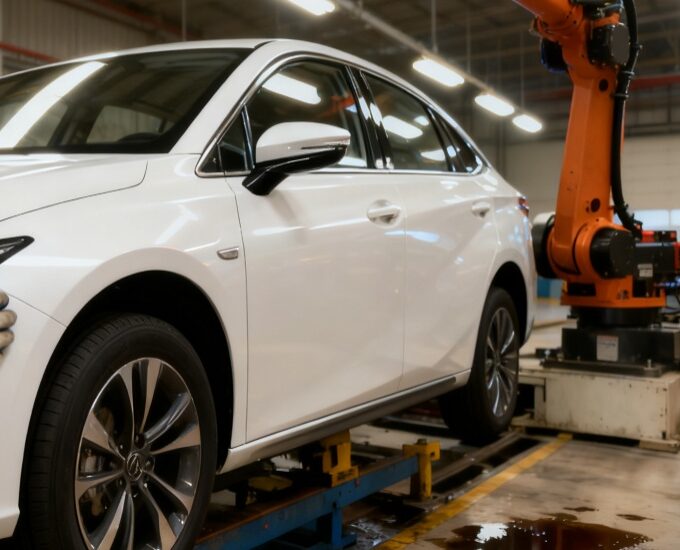At the highly anticipated 2025 International Astronautical Congress, the Chinese Chang’e-6 ‘e-6 lunar exploration mission team was awarded the World Space Award in the group category by the International Astronautical Federation (IAF). This is a high recognition from the international space community of China’s breakthroughs in lunar and deep space exploration, and it also marks that China has once again won wide recognition in promoting the common development of the human space industry.
The award ceremony was held in Paris on September 29th local time, with representatives from space agencies, research institutes, and well-known enterprises from over 50 countries and regions in attendance. In his speech, the president of IAF pointed out that Chang’e-6 ‘e-6 was the first mission in human history to complete the sample return from the far side of the moon. Its scientific and engineering achievements not only refreshed the history of lunar exploration but also set a new benchmark for international cooperation in exploring deep space.
Wu Yanhua, deputy director of the China National Space Administration (CNSA), said in her acceptance speech that the success of Chang’e-6 ‘e-6 is attributed to the tireless efforts of tens of thousands of researchers day and night, and also embodies the wisdom and support of international cooperation. He emphasized that China is willing to join hands with global partners to jointly promote the long-term development of lunar and planetary exploration missions. According to the public information of CNSA, Chang’e-6 ‘e-6 was launched in May 2024. After going through key stages such as landing, drilling and sampling, packaging, and ascent and return, it successfully brought back about 2 kilograms of lunar soil samples to Earth in June 2024. These samples have demonstrated unique value in scientific research, providing brand-new evidence for a deeper understanding of the evolutionary history of the moon.

The latest news shows that scientific research teams from multiple countries have applied through the international cooperation platform to share the samples returned by Chang’e-6 ‘e-6. The research directions cover the geological evolution of the moon, the influence of space radiation, the traces of solar wind action, and the sources of deep space materials. Multiple laboratories from France, Russia, Japan, and the European Space Agency have all entered the joint research stage. Scientists generally believe that these samples may rewrite humanity’s traditional understanding of the geological stratification of the moon and the evolution of the Earth-Moon system.
For a long time, the IAF World Space Award has been regarded as one of the highest honors in the international space field, aiming to recognize teams and individuals who have made outstanding contributions in scientific research, technological innovation, and international cooperation. According to the official website of the International Astronautical Federation, teams that have received this honor include the core team of the Apollo moon landing program in the United States and the Rosetta comet exploration project team in Europe, among others. The winning of the Chang’e-6 ‘e-6 team this time marks that the original achievements of China’s space industry have entered the world’s top ranks.
While sparking heated discussions both at home and abroad, this award is also believed to further enhance China’s say in global space governance and cooperation. Analysts point out that as international competition in the utilization of lunar resources and deep space exploration intensifies, China’s leading position in scientific exploration and technological paths will attract more countries to seek cooperation. For instance, emerging space powers such as Brazil, Argentina, and the United Arab Emirates have expressed their interest in joining subsequent lunar exploration programs to share scientific research achievements and engineering experience.
Meanwhile, the success of Chang’e-6 ‘e-6 has also laid a solid foundation for China’s “Phase IV Lunar Exploration Program” and the more ambitious “International Lunar Research Station” plan. According to the plan of the National Space Administration, Chang’e-7 ‘e-7 and Chang’e-8 ‘e-8 will successively carry out exploration missions in the next five years, focusing on the exploration and sustainable utilization of water ice resources in the South Pole region of the moon. This strategy is widely interpreted as preparing for the long-term human presence on the moon and the establishment of scientific research bases in the future.
It is worth noting that this award ceremony also reflects the widespread call from the international aerospace community for open cooperation. The Secretary-General of the IAF emphasized at a press conference that deep space exploration is a common cause of humanity, and no single country can bear its complexity and high risks alone. He called for taking the Chang’e-6 ‘e-6 mission as an opportunity to bring more international scientists and engineers together to share experiences, take risks, and create achievements.
In the coming years, China’s deep space exploration mission schedule shows that it will also launch asteroid exploration, Mars sample return, and Jupiter system exploration missions. International space experts believe that if these projects can achieve breakthroughs like Chang’e-6 ‘e-6, China’s influence in the global space strategic landscape will continue to rise, and it will play a more core role in promoting the historical process of human exploration of space.
From the launch of Chang’e-1 ‘e-1 in 2007 to the current Chang’e-6 ‘e-6, in less than two decades, China’s lunar exploration program has achieved leapfrog development. Winning the IAF World Space Award in the team category this time is not only a reward for the research team but also an affirmation of the entire development model of China’s space industry. This honor not only belongs to China, but also to all the scientists and engineers who are dedicated to promoting human exploration of the universe.













Leave a comment